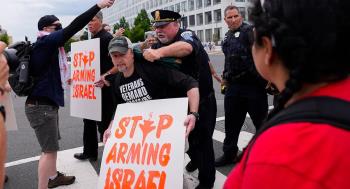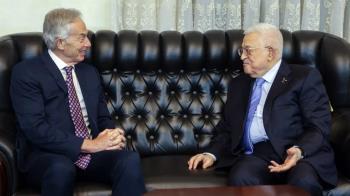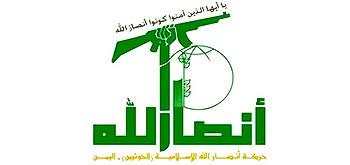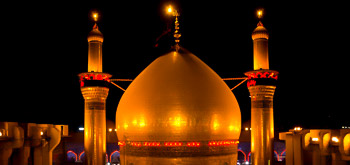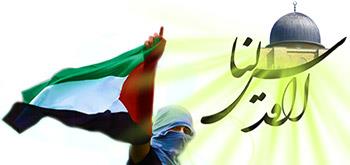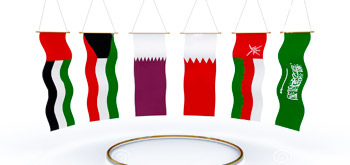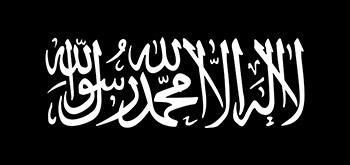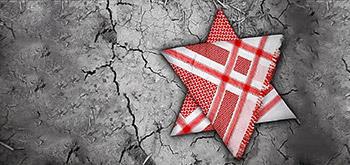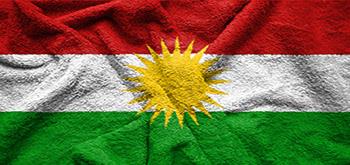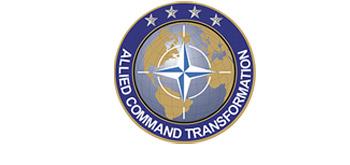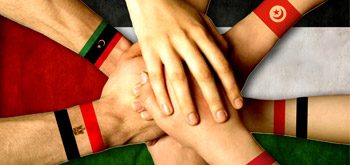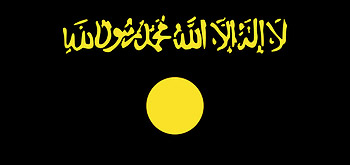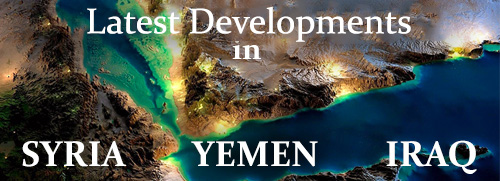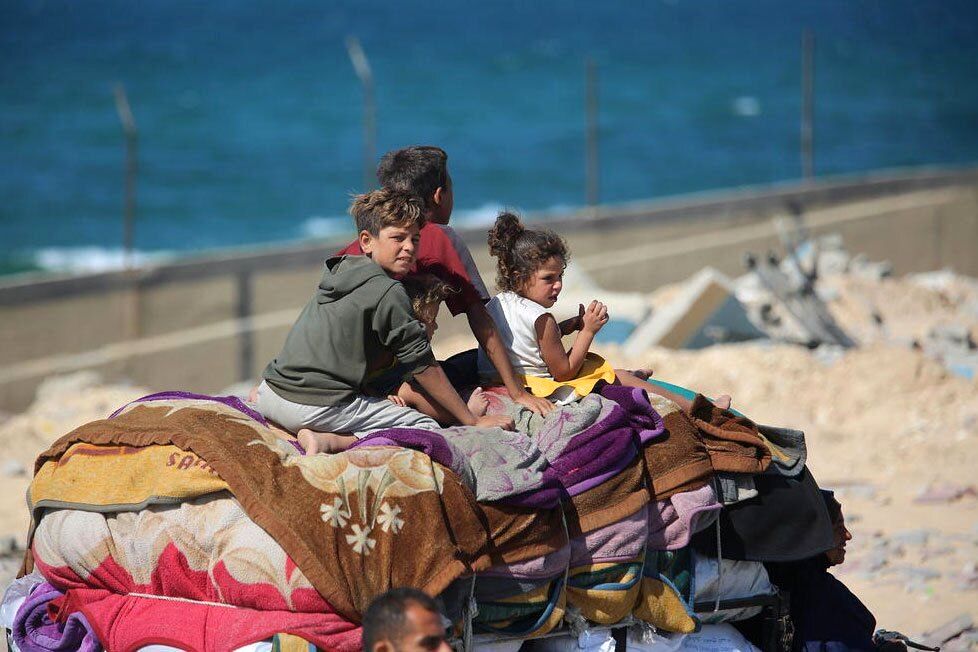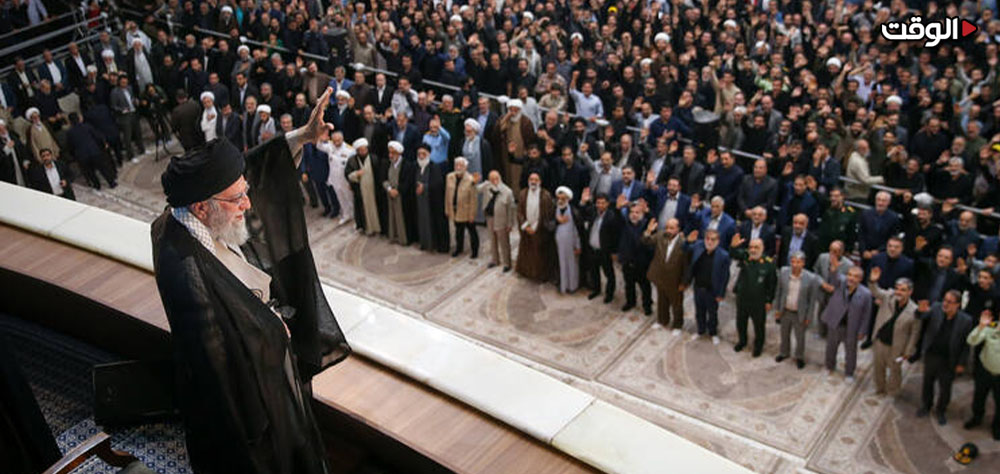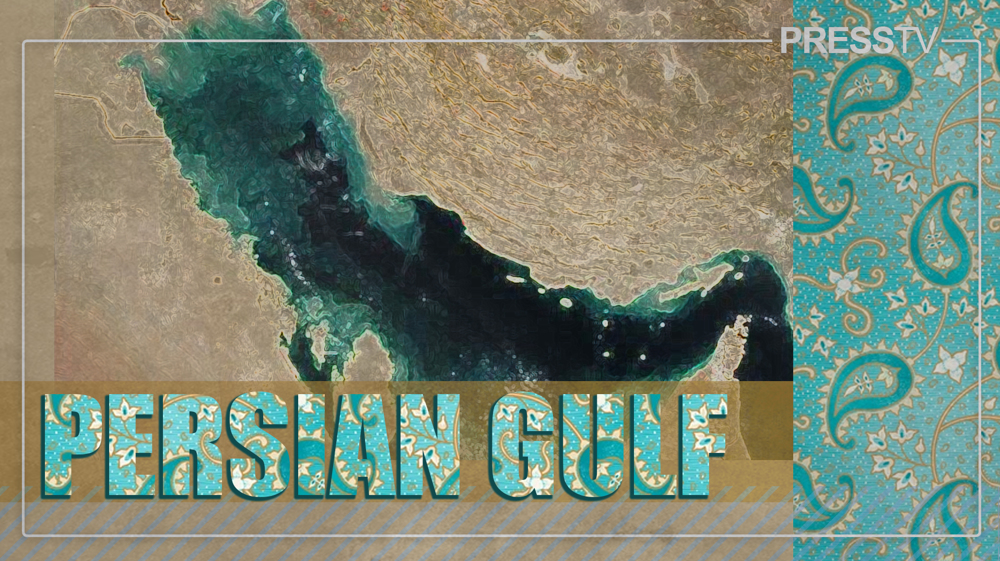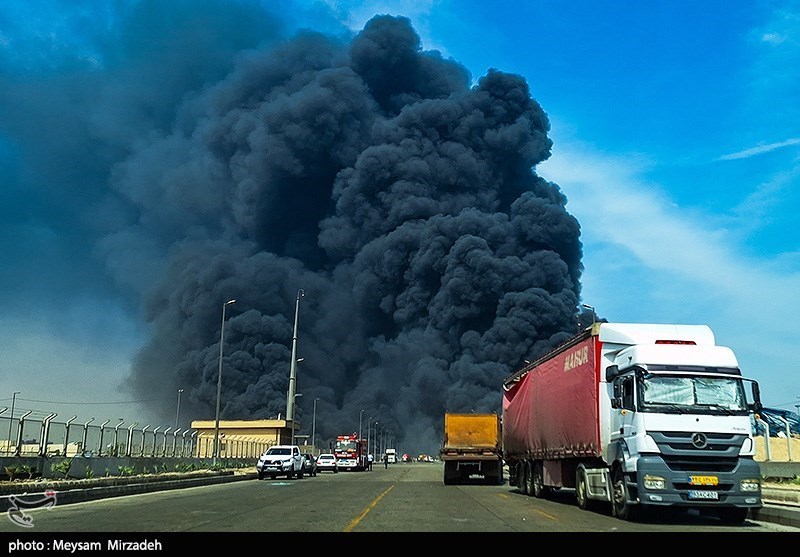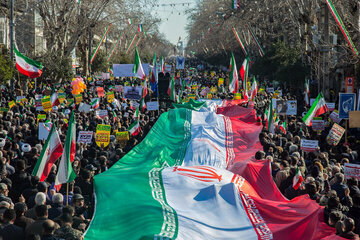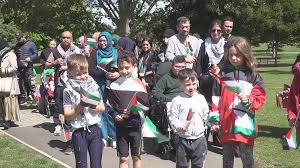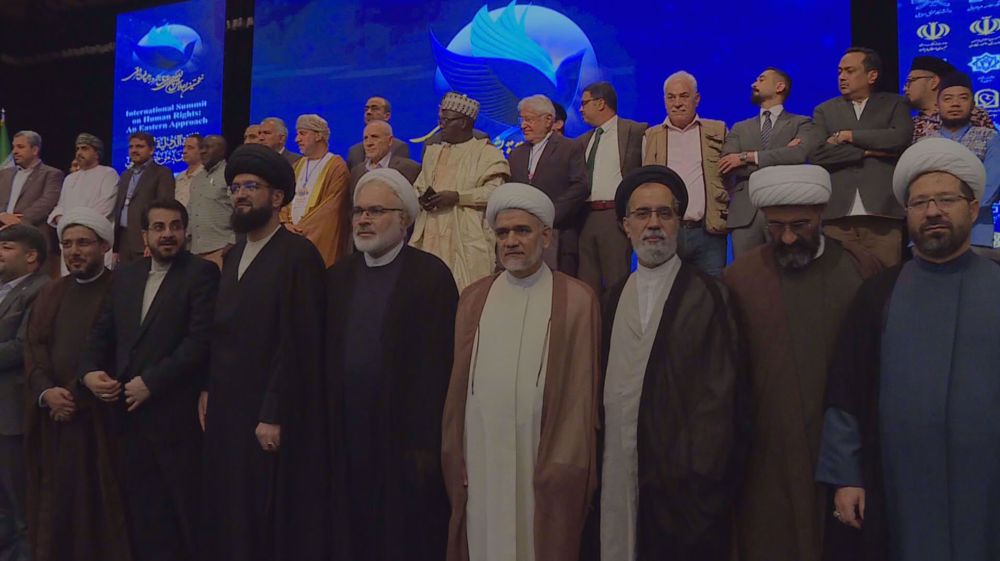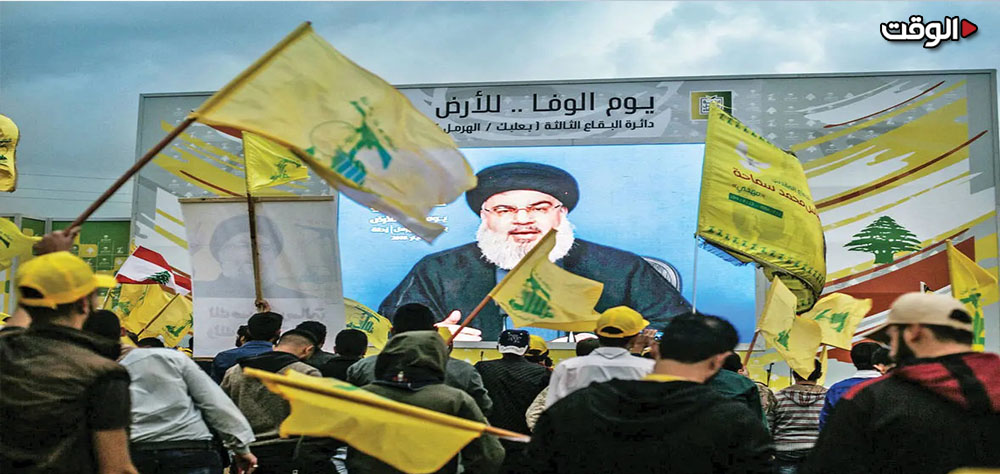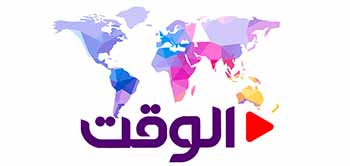Alwaght- Since Thursday and with the announcement of the ceasefire deal in Gaza and end of the war, from the heart of the ruins of Gaza, hope and happiness began to fountain
After months of devastating bombing and undergoing the plight of a genocidal war, the people of Gaza with tearful eyes have celebrated end of a two-year nightmare. The children and parents that have lived a life of terror since 2023 are now living a moment of peace.
News of a ceasefire sent crowds pouring into the streets of Khan Younis and Gaza City, where celebrations immediately erupted. People massed together, waving Palestinian flags and chanting songs of victory.
On social media, users posted videos showing children with beaming smiles emerging into the open, while parents filmed the moment, their eyes filled with tears.
Yet amid the jubilation, a deep undercurrent of anxiety and doubt ran through the crowds. "We are used to brief periods of calm," one person said, voicing a widespread apprehension, "but will this one actually hold?."
People begin return
As the ceasefire took hold and Israeli forces withdrew from parts of Gaza, thousands of displaced people who had fled south began the arduous journey back to their homes.
A massive column of displaced families streamed north toward Gaza City, the enclave's largest urban area. This same region had been the target of one of Israel's most intense military operations of the war just days earlier.
In southern areas like Khan Younis, a noticeable lull in airstrikes and artillery fire has allowed residents to attempt a return to normalcy.
Along the coastal Rashid and inland Salahuddin roads, families trekked on foot. Many are returning to find their homes destroyed and neighborhoods reduced to rubble, yet they are determined to reach their original plots of land to set up tents amidst the ruins.
"We have no house left, but we are returning... This is our land, and we will stay on its ruins," a displaced man returning from the Nuseirat camp told Al Jazeera.
Meanwhile, the Gaza Interior Ministry announced that police and security forces have begun deploying in areas vacated by Israeli troops to restore public order and secure roads for civilians.
As this return movement began, the Israeli military confirmed its forces had "started redeploying from inside cities toward the eastern border."
Two years of intense conflict have left a devastating legacy: critical infrastructure, including the power grid, water and sewage systems, hospitals, and schools, lies in ruins. Many urban centers have sustained severe damage.
The roads, bridges, and key access routes in operational zones have taken serious damage and they take a lengthy and costly reconstruction process.r
Scaling down attacks and relative calm
Following the ceasefire, Al Jazeera reported, the intensity of bombings and drone surveillance has decreased, creating a somewhat calmer overall atmosphere. However, sporadic clashes and shelling continue to be reported in several areas. For instance, in the early hours after the truce took effect, parts of Khan Younis and areas along the Netzarim corridor saw limited hostilities. According to the Civil Defense, two Palestinians were killed when Israeli forces struck the Al-Satar Al-Gharbi area northwest of Khan Younis.
Media outlets report that the Israeli army has moved its troops to new "defensive positions," repositioning them within the zones established by the ceasefire agreement.
Humanitarian aids to flow in
A key term of the ceasefire agreement is a guaranteed rise in delivery of humanitarian aid into Gaza. The agreement stipulates that hundreds of trucks carrying food, medicine, fuel, and other essential supplies will be allowed in.
The truce specifically mandates the daily entry of 600 aid trucks loaded with food, medical supplies, shelter materials, fuel, and cooking gas.
From the Egyptian city of Arish, dozens of trucks are preparing to make the journey into the Gaza Strip, according to Egyptian media outlets.
The UN has stated it holds sufficient stockpiles ready for Gaza and is awaiting a green light from the Israeli occupation to scale up its distribution operations.
However, a major challenge looms: widespread access to all areas is not yet guaranteed. Security and logistical constraints threaten to hamper the fair distribution of aid. The presence of unexploded ordnance, massive rubble, and the risk of fire from Israeli soldiers further endanger the safe return of civilians.
In a stark warning, the Israeli army has alerted Gaza residents that several zones within the strip remain "extremely dangerous." In an Arabic-language post on X, the occupation army spokesperson Avichay Adraee said that approaching areas like Beit Hanoun, Beit Lahia, and Shujaiya, where its forces are positioned, is highly risky.
He further cautioned that in southern Gaza, the areas near the Rafah crossing, the Philadelphi Corridor, and all zones with troop deployments in Khan Younis are also considered intensely hazardous.
Amid these conditions, observers and aid groups are warning that a swift collapse of the fragile truce, or any significant delay in the aid deliveries, could plunge Gaza back into a severe humanitarian collapse.
Search for martyrs begins
Gaza health authorities reported that the bodies of 130 victims have been recovered from various areas across the Gaza Strip since Friday morning, with 93 of them found in Gaza City.
The Nasser Hospital reported recovering the bodies of 30 victims from different areas of Khan Younis in the southern Gaza Strip.
A source At Shuhada Al-Aqsa Hospital reported that the bodies of seven victims were recovered from the Netzarim area in central Gaza.
People's concerns
One of the terms of the deal stipulates that until the agreement is fully implemented by the two sides, the Israeli occupation forces should remain in some parts of Gaza. This means that Gaza is yet to be fully free.
The release of Israeli prisoners and the swap of Palestinian prisoners within the next 72 hours represents a critical flashpoint of the truce. A failure to execute this key element would rapidly erode confidence in the entire agreement.
Furthermore, more fundamental issues remain unresolved and lack clear, public roadmaps. These include the process for clearing vast quantities of rubble and launching reconstruction, determining future political governance and state administration in Gaza, and establishing a framework for international control over the territory's borders.
Still, one thing is crystal clear: Each stone and every inch of this land relates a story of resistance. Gaza, the Phoenix of West Asia, has once again risen out of the ashes of war and with bare hands but with an ironclad resolution it has started a new birth.

